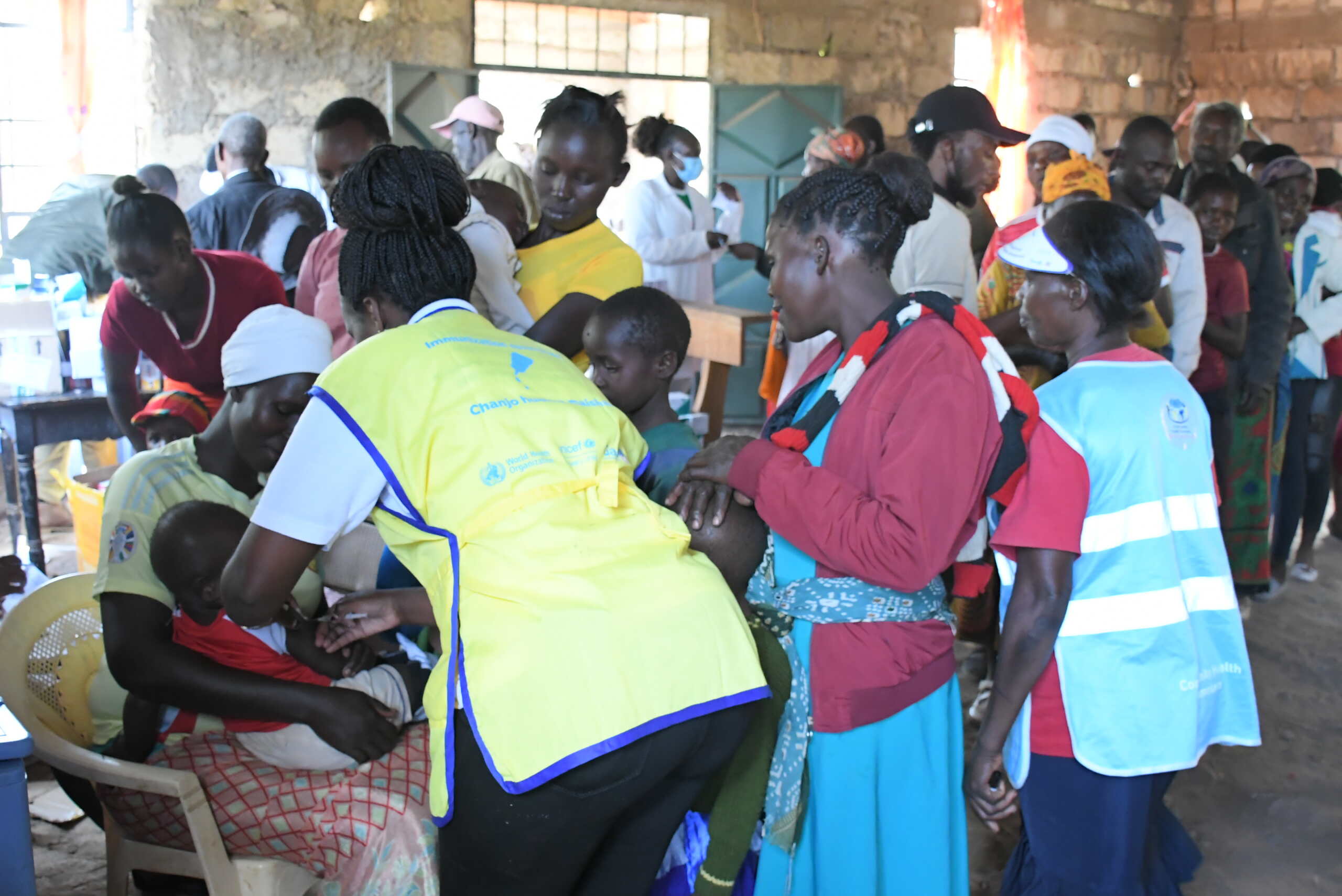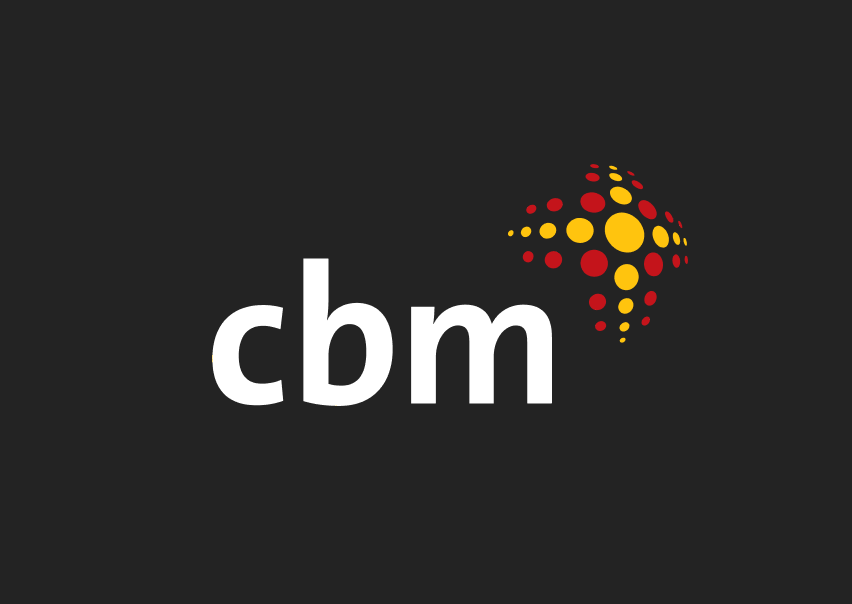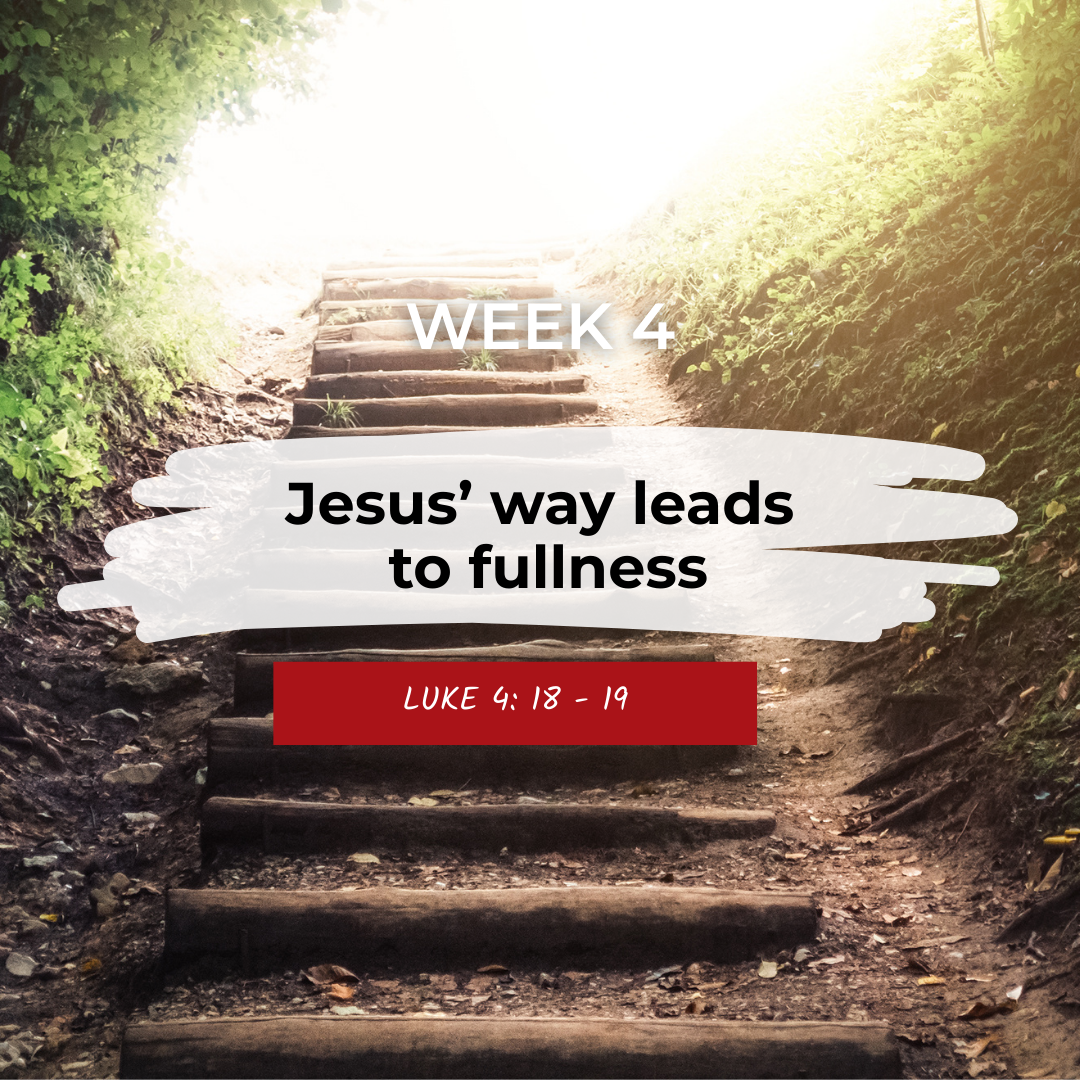Disability and planning for disaster in the Solomon Islands: Jabis’s story
Pacific, Stories | June 25, 2024
While these days he lives in the capital city, working at the local radio station promoting new artists, Jabis grew up on an island just 10 kilometres long and barely two-and-a-half kilometres wide – in the Solomon Islands.
Born with low vision and a degenerative condition that means he will eventually be blind, Jabis was “turned away” from school.
“The education system here wasn’t designed for people with disabilities to be able to fit in a classroom to study with the rest of the able students,” he says. Wheelchair ramps, for example, or talking computer programs that would have assisted him as a young student, were non-existent.
Determined to get an education, Jabis took matters into his own hands. In 2011, he took the two-hour plane trip from his hometown and attended the Special Development Centre in Tandai, the only educational facility for students with disabilities in the country. He took short courses in computing and braille. From there, he undertook further study in Australia and then Japan, where he learnt about talking and touchable assistive devices for the blind.
Jabis understands only too well the importance of knowledge, and especially the power it has to transform the lives of people with disabilities, which is why he is on the board of People with Disability Solomon Islands (PWDSI). Through his involvement, he has been a part of the Australian Humanitarian Partnerships Pacific Disaster Ready Program.
CBM Australia, supported with funding from the Australian Government, has been working with national organisations such as PWDSI, as well as the Pacific Disability Forum, to help strengthen disaster preparedness within the community.
“People with disabilities are experts in their own lives,” says PWDSI’s disaster risk reduction officer Naomi. “We are expert in what we are doing. It is very important that we are involved in designing these programs and use our voices.”
It is for this reason that PWDSI leads face-to-face engagement on the ground, with CBM and the forum providing back-up support.
Given the Pacific is one of the regions in the world most vulnerable to natural disasters – and the Solomon Islands has a history of political instability – the Disaster Ready Program means the people most at risk during these times can be included during both disaster preparedness and response.
Jabis has lived through several disasters in his 30 years of life, including cyclone seasons lasting three months, bringing heavy rains and flooding, plus “earthquakes almost every year”, which can also trigger tsunamis.
“It’s really, really scary when everyone in the office runs for their life and I have to find a way out myself,” he says.
“It’s very important to help persons with disability evacuate in times of disaster, but for the majority of the population of abled people, they just don’t know what to do about us.”
Educating the broader community that people with disabilities have a right to be prioritised at these times is crucial, which is where the Disaster Ready Program is helping to bring about change.
Jabis adds, “The majority of our population need to know that it is very important to lend a helping hand.”
The Disaster Ready program is supported by the Australian Government through the Australian Humanitarian Partnership (AHP).
https://www.cbm.org.au/stories/disability-planning-disaster-solomon-islands-jabis-story
Related Stories

Coordinating inclusive health outreach in Meru County
For many households in Meru’s rural and remote areas, basic health services are physically...

Share your advocacy preferences with us
Thank you for helping us to advocate for the one billion people with disability globally. CBM Australia advocate across...

Advent 2025: Jesus’ way leads to fullness
The way of Jesus gives people freedom and empowers them to live out their God-given purpose. The last few weeks...
